
Preparing for Storms
Your Guide to Storm Preparation
We're well accustomed to those endless sunny days that define California, but every now and then, nature throws us a curveball with heavy rain and those unexpected gusts of wind. Don't let these storms catch you off guard! Prepare like a pro with these essential tips from securing loose items to harvesting your produce; we've got you covered with the knowledge to help you weather the storm.
Fertilize Your Lawn & Garden
Apply fertilizer
to your lawn and garden one to two days prior to rain. The rain helps the
fertilizer soak into the soil delivering nutrients to the plant roots. As
always, apply the fertilizer when the temperature is 80 degrees or lower, and
always use the recommended application rates. Armstrong recommends:
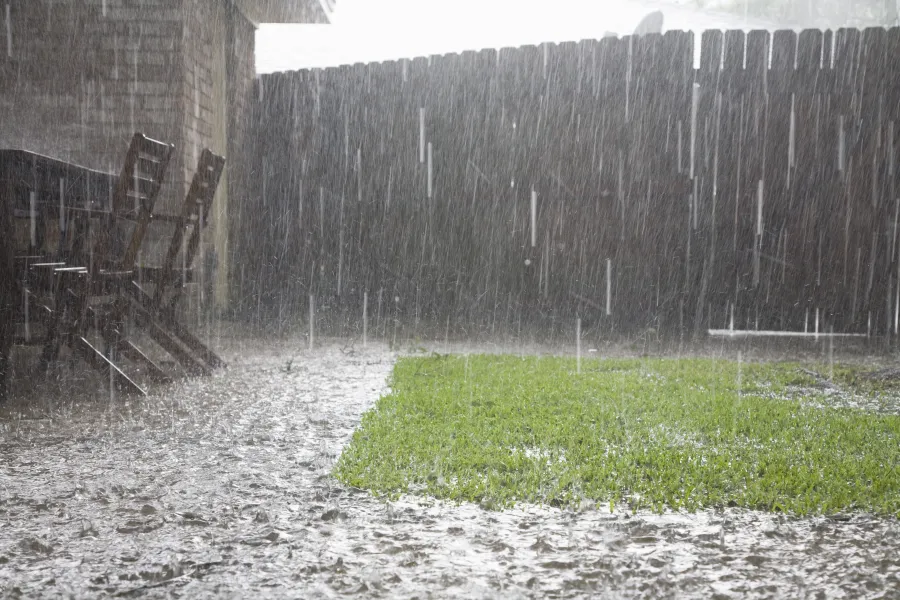
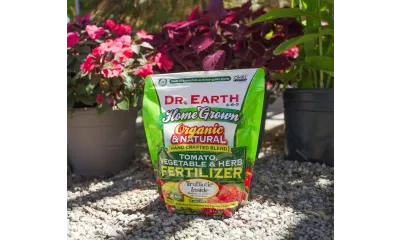
For Veggies & Herbs
Dr. Earth
Organic Homegrown Fertilizer is a specialized formula for vegetables and herbs
with balanced nutrition. Infused with natural and organic components, this
fertilizer supports robust growth and strong root development, and the granules
are easy to apply.
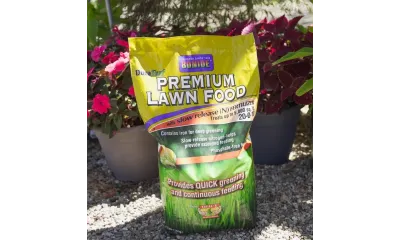
For the Lawn
Bonide DuraTurf Premium Lawn Food is designed to promote lush, green lawns. Formulated with essential nutrients, this lawn food provides gradual and long-lasting nourishment, helping to strengthen grassroots and create a resilient, well-maintained lawn that can withstand various environmental conditions.
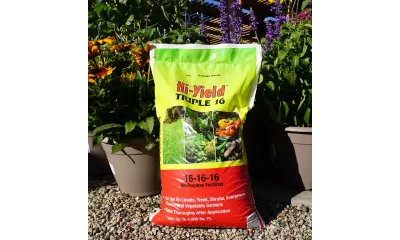
All Purpose
High Yield All Purpose Fertilizer is a versatile fertilizer designed to maximize plant growth and health. Packed with essential nutrients, this fertilizer supports strong roots, vibrant foliage, and robust fruiting, making it an excellent choice for a wide range of plants in your garden or landscape.
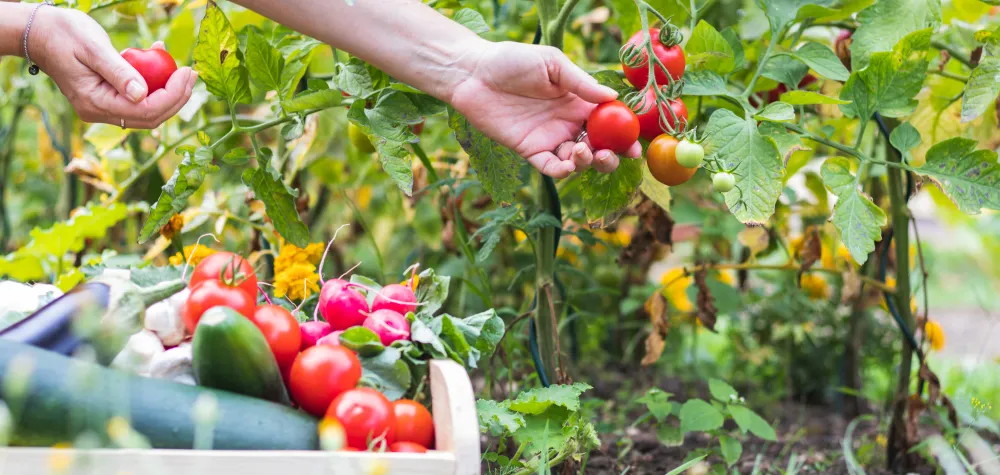
Harvest Produce
Harvesting all your
produce before a storm is a smart move to prevent potential damage and loss. By gathering your
harvest ahead of time, you're safeguarding your hard work and ensuring that you
can enjoy the fruits of your labor, rain or shine. It's also important to trim and secure lose vines.
Secure Patio Furniture & Protect Container Gardens
Move outdoor furniture, patio umbrellas, and decor items indoors to prevent them from being blown around by strong winds. For large container gardens, move indoors if possible or under an overhang to prevent them from being overwatered and getting damaged by wind.
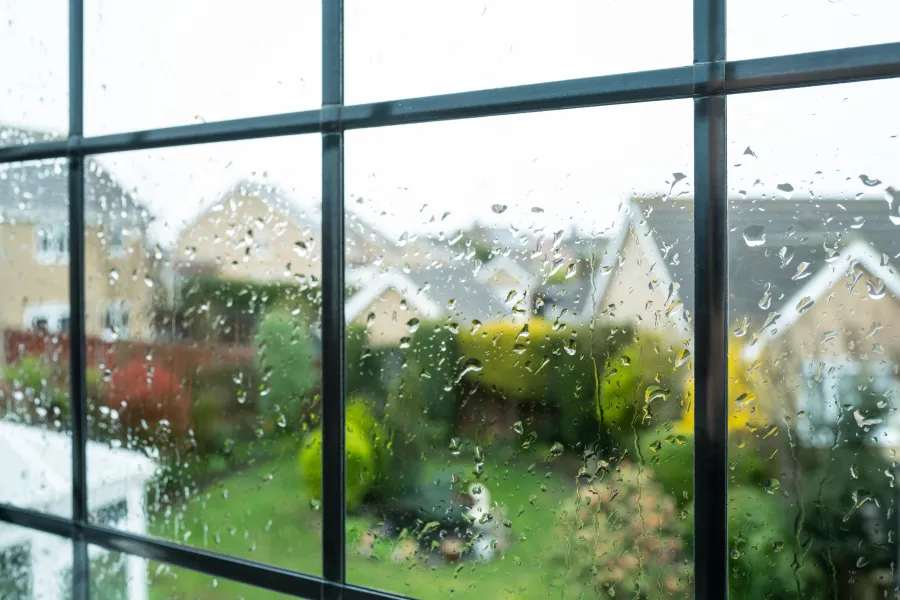
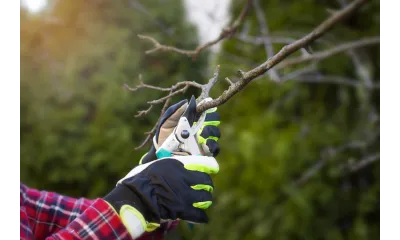
Trim & Prune
Strong winds
can cause weak branches to break off and cause damage. Now is the time to trim
and prune focusing on dead or diseased branches as well as any branches that
hang over structures. To tell if a branch is dead, simply scrap the branch. If
the branch is green, it's healthy, if it's brown or gray it's best to remove
the branch.
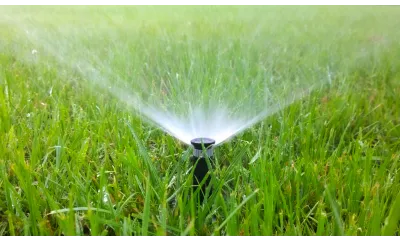
Turn Off Irrigation
Before the storm arrives, turn off your irrigation systems to avoid over-saturating the soil and keep it off until the soil starts to dry out.
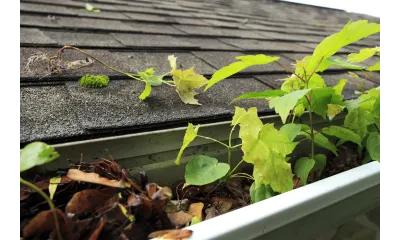
Clear Drains & Gutters
Ensure that all
the drains, gutters, and downspouts on your home are clear of debris to prevent
water from pooling. Proper drainage is crucial to prevent water damage during
heavy rainfall.



